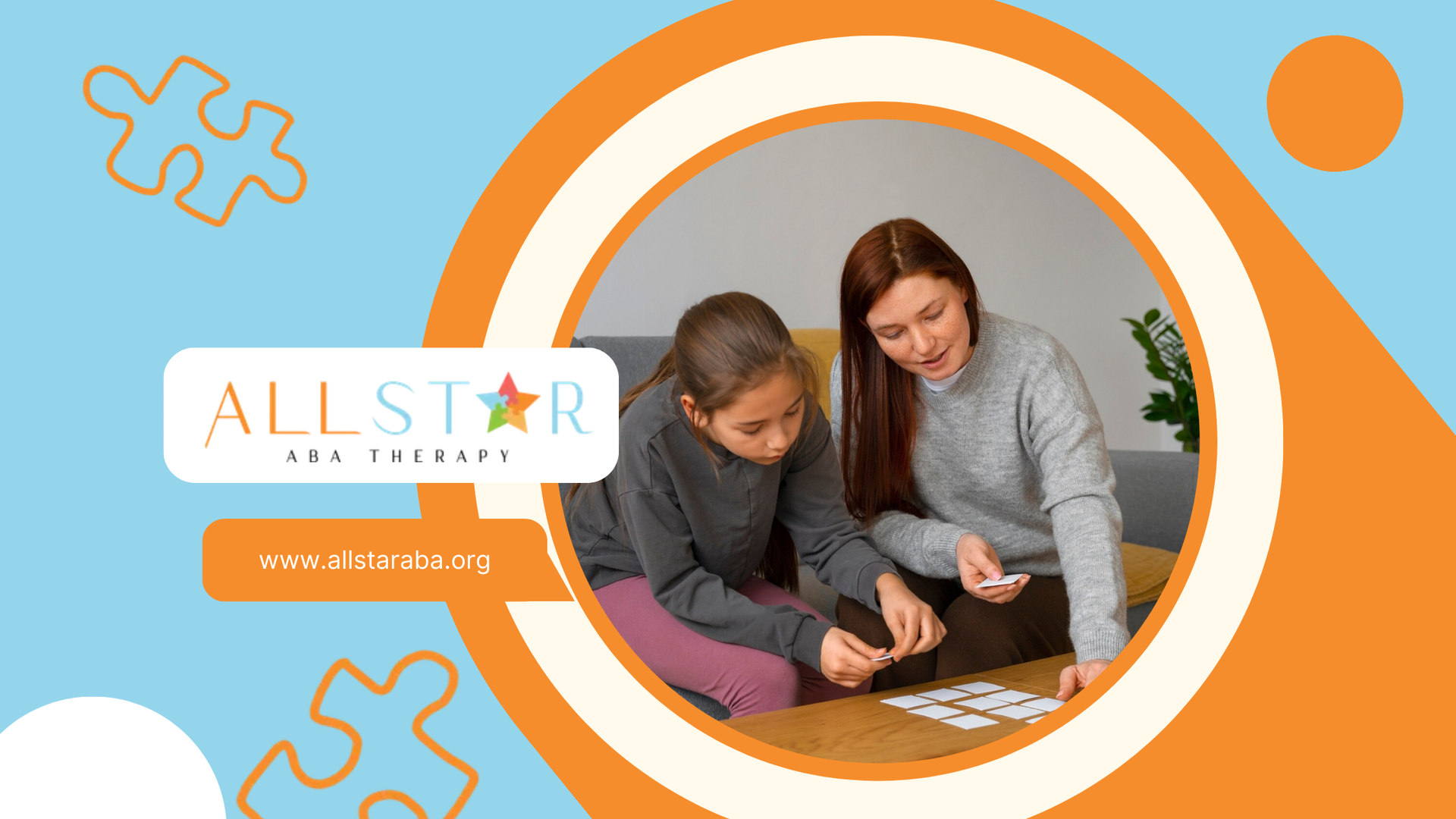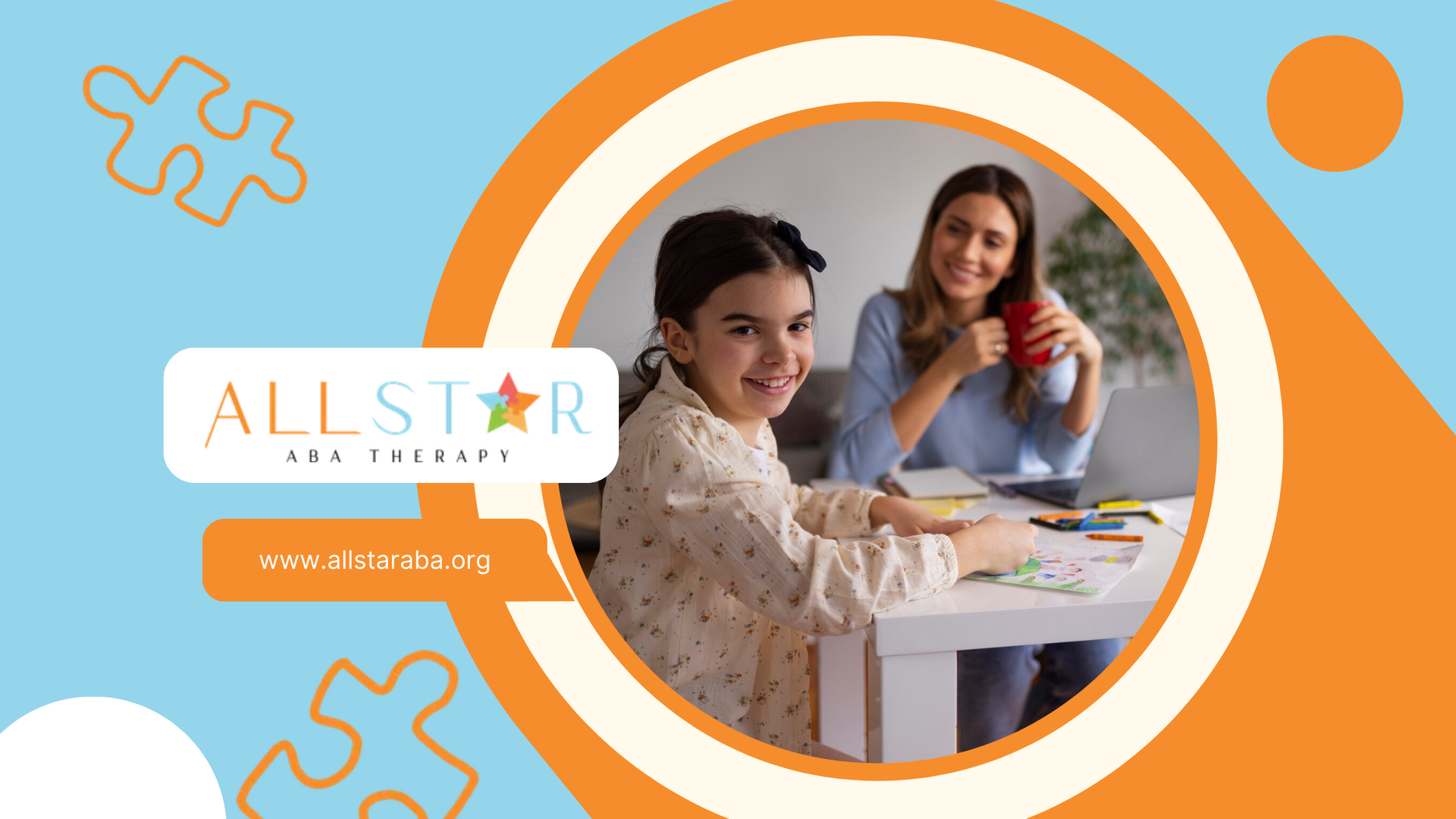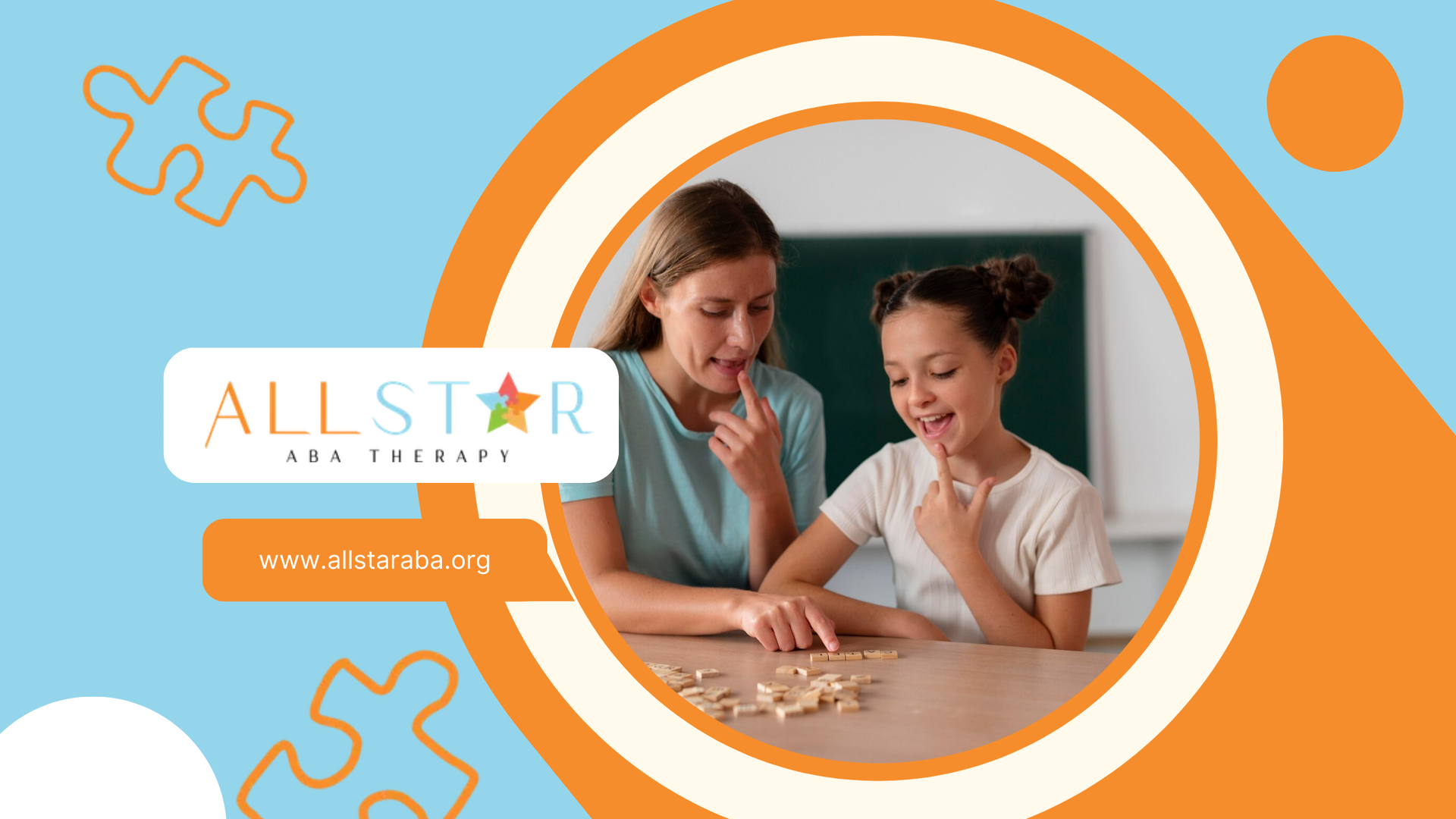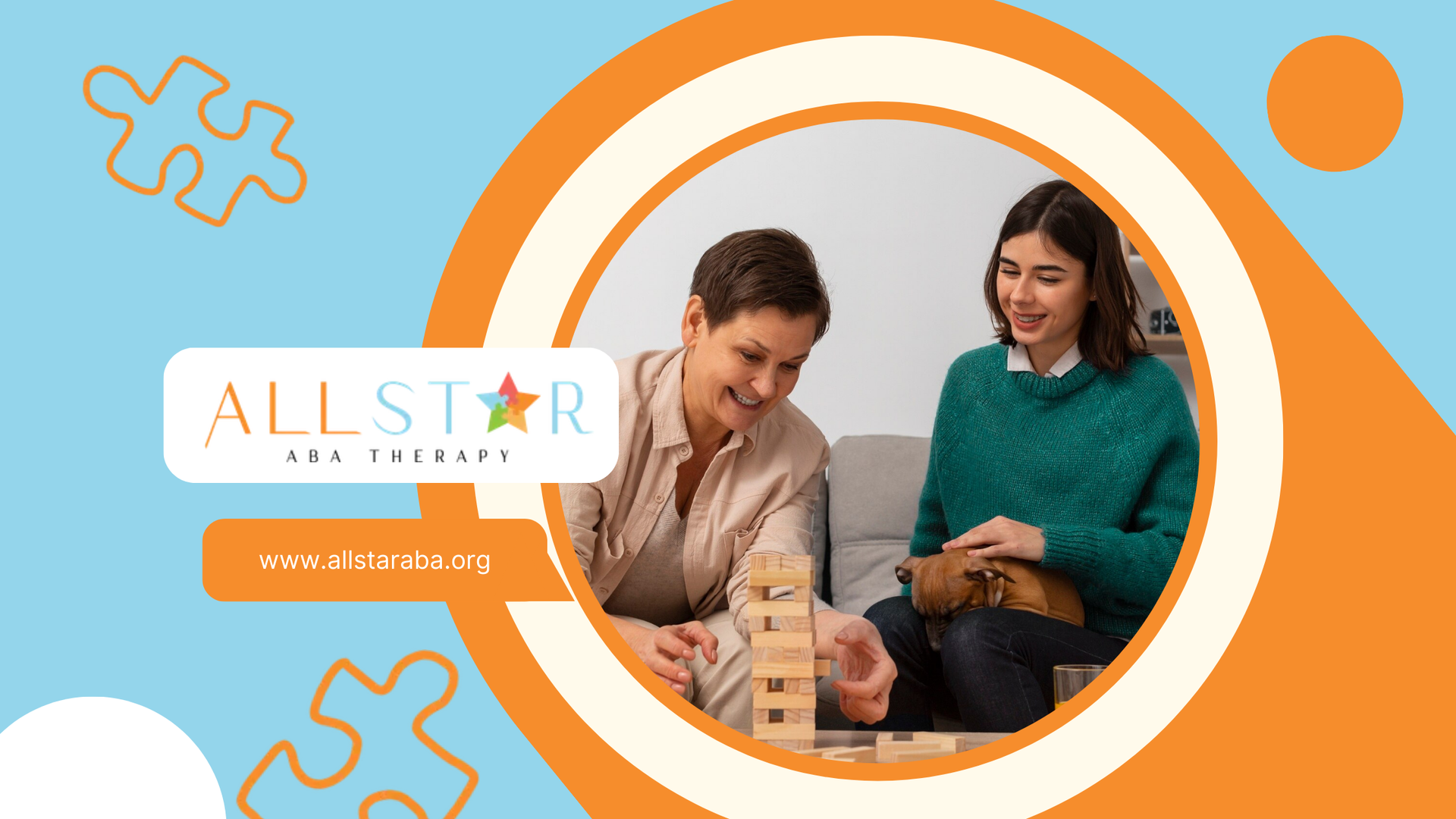New Paragraph
Is 40 Hours of ABA Therapy Too Much for Kids?
Understanding the 40-Hour ABA Week
ABA therapy is designed to help children with ASD develop essential life skills, improve communication, and reduce challenging behaviors. The 40-hour recommendation often comes from the early work of Dr. Ivar Lovaas, who found that intensive therapy, often referred to as "early intensive behavioral intervention," could lead to significant improvements in children with ASD.
Why 40 Hours?
The idea behind 40 hours of therapy per week is rooted in the concept of consistency and intensity. Children with ASD often benefit from a structured and repetitive approach to learning, which can be achieved through a high frequency of therapy sessions. The goal is to create a learning environment where skills are practiced and reinforced consistently, leading to better retention and application in real-world settings.
The Pros of 40 Hours of ABA Therapy
1. Maximizing Learning Opportunities
One of the most significant benefits of a 40-hour week is the sheer volume of learning opportunities it provides. More hours mean more chances for your child to practice skills, engage with therapists, and receive feedback. This can be particularly beneficial for children who struggle with certain skills and need more repetition to master them.
2. Consistency and Routine
Children with ASD often thrive on routine. A consistent 40-hour schedule can provide a predictable structure that helps reduce anxiety and promotes a sense of security. This routine can also make it easier for children to generalize skills across different environments and situations.
3. Early Intervention
Research has shown thatearly and intensive intervention can lead to better long-term outcomes for children with ASD. By committing to a 40-hour week early in your child’s development, you may be setting the stage for more significant progress in the future.
The Cons of 40 Hours of ABA Therapy
1. Potential for Burnout
One of the primary concerns with a 40-hour week is the risk of burnout, both for the child and the family. Therapy can be exhausting, and some children may struggle with the intensity of a full-time therapy schedule. It’s essential to monitor your child’s response to the therapy and be mindful of signs of fatigue or stress.
2. Limited Time for Other Activities
A 40-hour week leaves little room for other activities, such as play, socialization, or rest. It’s important to consider whether the time spent in therapy is balanced with time for your child to engage in other important developmental experiences. Overloading your child with therapy may lead to a lack of opportunities to practice social skills in more natural settings.
3. Family Stress
Committing to a 40-hour therapy schedule can be demanding for the entire family. It requires a significant time investment and can disrupt family routines. The logistical challenges of fitting therapy into your daily life, along with the emotional toll of seeing your child go through intensive therapy, can be overwhelming for some families.
Factors to Consider When Deciding on ABA Hours
1. Your Child’s Individual Needs
Every child with ASD is unique, and their therapy plan should be tailored to their specific needs. Some children may thrive with 40 hours of therapy, while others may benefit from a less intensive schedule. It’s crucial to work closely with your child’s therapists to determine the most appropriate level of therapy based on their progress, tolerance, and overall well-being.
2. Therapy Goals
What are the specific goals of your child’s ABA therapy? If the goals are highly focused and require intensive work, a 40-hour schedule may be justified. However, if the goals are broader and more general, a less intensive schedule might still be effective.
3. Your Family’s Capacity
Consider your family’s ability to support a 40-hour therapy schedule. This includes not only the logistical aspects but also the emotional and mental energy required. It’s essential to ensure that the therapy plan is sustainable for the long term, both for your child and your family.
Alternative Approaches to ABA Therapy
If 40 hours per week seems overwhelming, there are alternative approaches that can still provide effective results:
1. Reduced Hours with Targeted Focus
Some families find success with a reduced number of hours that focuses on specific skills or challenges. By concentrating on areas of high priority, your child can still make progress without the potential downsides of a 40-hour week.
2. Blended Approaches
Blending ABA therapy with other interventions, such as speech therapy, occupational therapy, or social skills groups, can provide a more holistic approach to your child’s development. This can also help distribute the intensity of the therapy across different types of learning experiences.
3. Parent-Led Therapy at Home
Incorporating ABA principles into your daily routines at home can supplement your child’s therapy. This approach can help reinforce skills without adding more formal therapy hours and can make the overall experience more manageable for your child and family.
Conclusion
Deciding whether 40 hours of ABA therapy is too much for your child is a deeply personal decision that should be made with careful consideration of your child’s needs, therapy goals, and your family’s capacity. While the intensity of a 40-hour week can offer significant benefits, it’s not the only option, and alternatives are available that may better suit your child’s unique situation.
At All Star ABA, we understand the complexities of this decision and are here to support you every step of the way. Our team of experienced professionals is committed to providing personalized ABA therapy that meets your child’s needs while considering the well-being of your entire family. If you’re unsure about the right therapy schedule for your child, we invite you to reach out to us for a consultation. Together, we can create a plan that ensures your child’s success and your family’s peace of mind.
FAQs
Is 40 hours of ABA therapy necessary?
The necessity of 40 hours depends on the individual needs of the child. While some children may benefit from this intensity, others may achieve similar results with fewer hours.
How do I know if my child is getting too much ABA therapy?
Signs of too much therapy may include increased fatigue, resistance to attending sessions, or a decline in engagement. It’s essential to monitor your child’s behavior and communicate regularly with their therapists.
Can ABA therapy be effective with fewer than 40 hours per week?
Yes, ABA therapy can still be effective with fewer hours, especially when the therapy is targeted and supplemented with other interventions or parent-led activities at home.
Need Support?
We're Here to Help!
Our experienced team is ready to assist you. Reach out today to discuss how we can support your child's development and well-being.
Get started with expert ABA therapy today.








